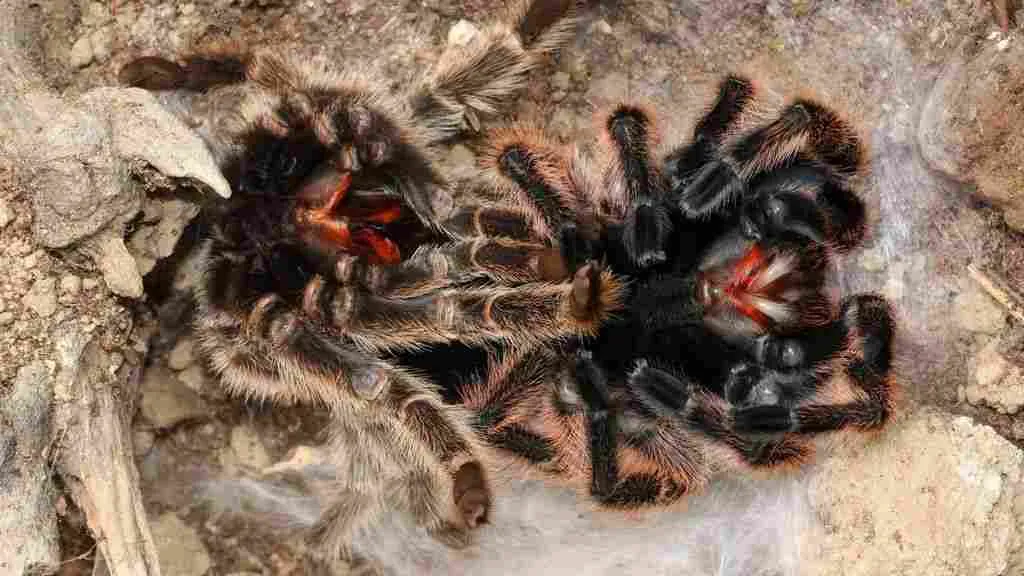What is Tarantula Molting
Tarantula molting is a natural and essential process for these fascinating creatures. It’s essentially the process where a tarantula sheds its exoskeleton, which is the hard, outer covering that protects its body. This exoskeleton doesn’t grow, so as the tarantula grows, it needs to shed the old one and replace it with a new, larger one. Think of it like a snake shedding its skin, but in this case, it’s the entire outer shell of the tarantula. This process is not only about growth; it also helps the tarantula get rid of parasites and regenerate lost limbs. Understanding molting is crucial for any tarantula owner, as it helps you provide the best possible care and recognize when something might be wrong. The frequency of molting varies depending on the tarantula’s age, species, and environmental conditions.
The Molting Process Explained
The molting process is a complex and fascinating event. It starts with the formation of a new, soft exoskeleton underneath the old one. Before the molt, the tarantula will usually stop eating and may become less active. Then, the tarantula will typically flip onto its back. This position allows the old exoskeleton to split open, usually along the carapace (the top of the body). The tarantula then slowly wriggles out of its old shell, a process that can take anywhere from a few minutes to several hours, depending on the size and age of the tarantula. Once the tarantula has successfully molted, it will be vulnerable, with its new exoskeleton being soft and fragile. It’s a critical time for the tarantula, so it’s important to avoid disturbing the spider during and immediately after the molt, giving it time to harden.
Signs Your Tarantula Is About to Molt
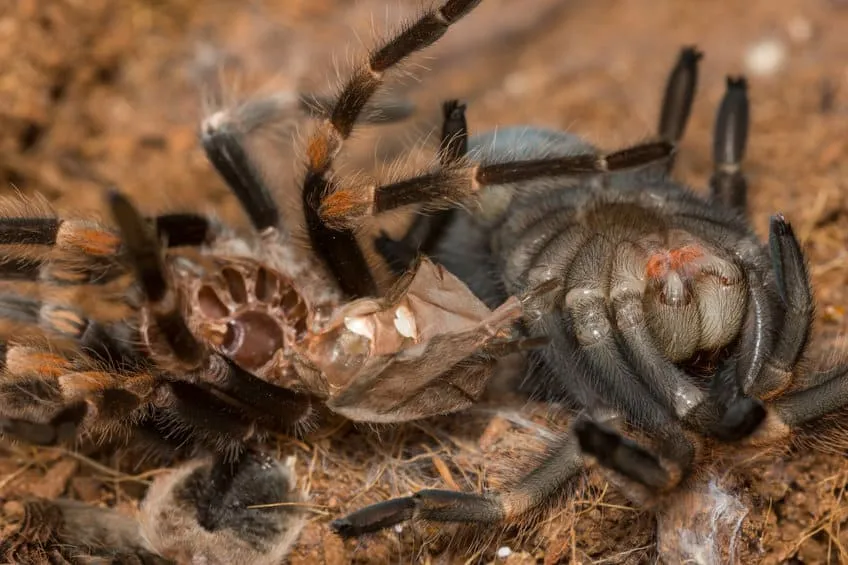
Knowing the signs of an impending molt can help you prepare and provide the best care for your tarantula. Several behavioral and physical changes can indicate that your tarantula is getting ready to molt. Being aware of these signs will help you avoid unnecessary handling or disturbances during this vulnerable period. It’s also important to remember that not all tarantulas show the same signs, and the timing can vary. Observation is key to understanding your individual tarantula and its molting cycle. Learning to recognize these cues will enhance your ability to care for your pet tarantula.
Behavioral Changes
One of the first signs that a tarantula is preparing to molt is a change in its behavior. You might notice that your tarantula becomes less active than usual, spending more time hiding in its burrow or enclosure. They might also refuse to eat, even if you offer them their favorite meals. Some tarantulas may also become more irritable and defensive, flicking hairs or striking at anything that comes near them. If you observe these changes, it’s best to reduce handling and disturbances, allowing your tarantula to feel safe and undisturbed as it prepares for the molt. This quiet time is crucial for the tarantula’s well-being. These behavioral cues are strong indicators that a molt is imminent.
Physical Changes
Physical changes are also key indicators of an upcoming molt. The most noticeable is a darkening of the abdomen, which is caused by the new exoskeleton forming underneath. You might also see a change in the color of the tarantula’s fangs; they may appear duller or more opaque. Some tarantulas may also appear plumper than usual, as they absorb fluids in preparation for the molt. Additionally, you might notice that the tarantula’s abdomen looks shiny or stretched. These physical cues are a clear signal that a molt is approaching. These changes typically happen over a period of a few weeks to a month. Keep a close eye on your tarantula for any of these physical changes.
How Long Does Molting Last
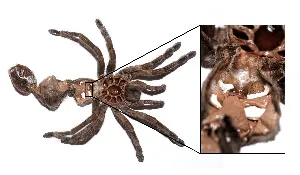
The duration of the molting process can vary significantly. The actual shedding of the exoskeleton can take anywhere from a few minutes to several hours. After the molt, the tarantula will be extremely vulnerable, with its new exoskeleton being soft and fragile. The hardening process can take several days to a week or more, depending on the tarantula’s size, age, and environmental conditions. During this time, it’s essential to avoid disturbing the tarantula. The entire molting cycle, from the initial signs to the full hardening of the new exoskeleton, can take several weeks or even months, depending on the factors discussed in the next section. Patience and observation are key during this process.
Factors Affecting Molting Duration
Several factors can influence how long the molting process takes. Understanding these factors can help you anticipate and prepare for the molting cycle of your tarantula. These factors can impact the duration of the molting and the overall health of your tarantula. The time it takes for a tarantula to molt is not a fixed number. Being familiar with these factors is critical for responsible tarantula care.
Species
Different species of tarantulas have different molting patterns. Some species molt more frequently than others, and the molting process itself can vary in duration. For example, fast-growing species tend to molt more often, especially when they are young. Researching the specific molting habits of your tarantula’s species can provide you with a better understanding of what to expect. The species of tarantula is a significant factor in the molting cycle.
Age
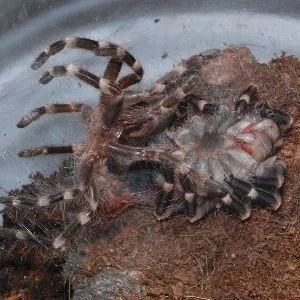
A tarantula’s age is a major factor in its molting frequency. Younger tarantulas molt much more frequently than older ones, as they are growing rapidly. As a tarantula matures, the molting frequency decreases, sometimes to only once a year or even less. The molt frequency slows as the spider nears adulthood. A juvenile might molt every few months, while an adult may only molt once a year, or even less often. The age of your tarantula will play a significant role in how often and how long the molting process takes.
Environmental Conditions
Environmental conditions also play a role in the molting process. Factors such as temperature, humidity, and the availability of food can influence how often a tarantula molts and how quickly it recovers. Maintaining the correct environmental conditions for your tarantula’s species is crucial for its overall health and well-being, including its molting cycle. Proper humidity helps the exoskeleton shed correctly. The correct temperature ensures proper metabolic function. The environment plays a vital part in tarantula health.
Post-Molt Care for Your Tarantula
After a successful molt, your tarantula will be in a vulnerable state. The new exoskeleton will be soft and fragile, and the tarantula will need time to harden. Providing the right care during this period is crucial for its health and well-being. Avoid handling your tarantula for at least a week after the molt, giving it time to harden its new exoskeleton. Maintaining the proper environment, offering appropriate food, and monitoring for any signs of problems are critical aspects of post-molt care. Your care during this time can impact the health of your tarantula.
Providing the Right Environment

Ensure that the enclosure maintains the correct temperature and humidity levels for your tarantula’s species. A stable environment supports the hardening of the new exoskeleton. Avoid disturbing the substrate or making any sudden changes to the enclosure during this period. Make sure that the enclosure is free of any hazards that might harm your vulnerable tarantula. Maintaining a stable and appropriate environment will help your tarantula recover from the molt. Provide the correct environment to provide a smooth recovery after the molt.
Feeding Your Tarantula
Wait at least a week after the molt before offering food to your tarantula, giving the new exoskeleton time to harden. Start with small meals of appropriately sized prey items, and gradually increase the portion size as the tarantula regains its appetite. The tarantula’s fangs will be soft as well, so you need to ensure that prey is appropriate size. Always provide fresh water. Avoid overfeeding. Providing appropriate food after molting is vital for the tarantula’s health. Feeding should be appropriate and gradual.
Potential Problems During Molting
While molting is a natural process, complications can sometimes arise. Recognizing these potential problems and knowing how to respond can help ensure the safety and well-being of your tarantula. Being aware of the risks associated with molting will allow you to address any issues that may arise during molting. These potential problems during molting require prompt attention. If any problems arise, seek advice from an experienced tarantula keeper or a veterinarian specializing in exotic animals.
Stuck Molt
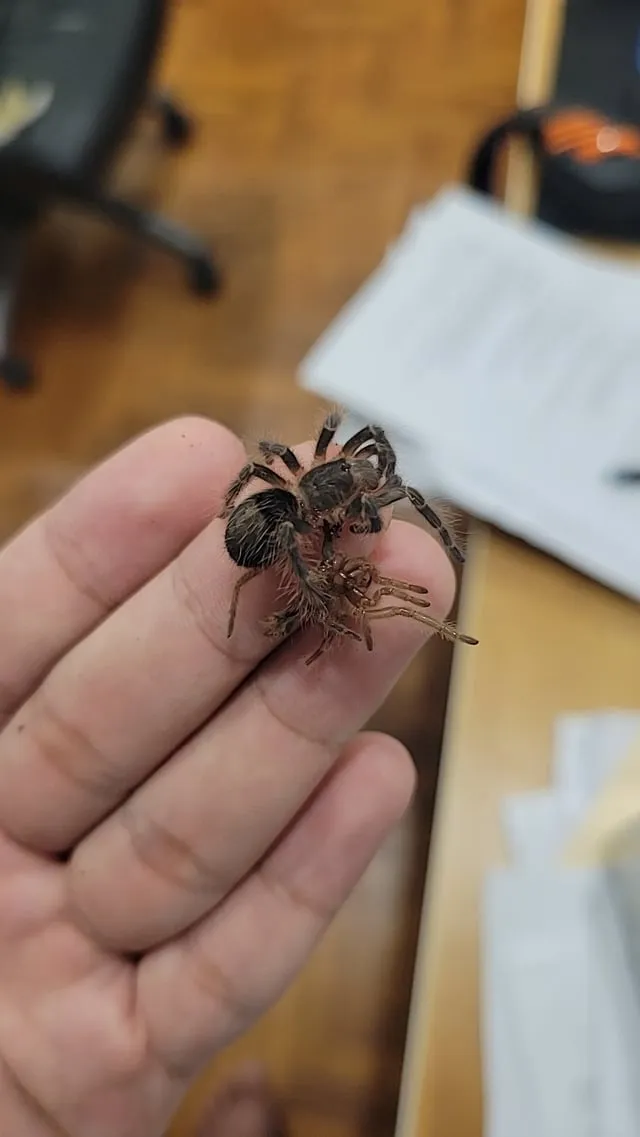
A stuck molt, where the tarantula is unable to completely shed its old exoskeleton, is a serious issue. It can be caused by low humidity, health problems, or other environmental factors. If you notice that your tarantula is struggling to molt or if it seems to be stuck in its old exoskeleton, it’s essential to take action. Increase the humidity in the enclosure. You can gently assist the tarantula by carefully moistening the old exoskeleton. If you’re uncomfortable doing so, or if the situation doesn’t improve, it is best to seek help from an experienced tarantula keeper or a veterinarian. A stuck molt can be life-threatening.
Loss of Limbs
Sometimes, tarantulas may lose limbs during the molting process. This can happen if a limb gets stuck in the old exoskeleton or if the tarantula struggles during the molt. Fortunately, tarantulas can regenerate lost limbs over several molts. However, it’s important to provide them with a safe and stress-free environment to facilitate this regeneration. If your tarantula loses a limb, ensure the enclosure is clean, and offer the appropriate food. Loss of limb is not a big problem, as they can regrow them.
Frequently Asked Questions About Molting
Here are some frequently asked questions about tarantula molting. These FAQs address the common concerns of tarantula keepers. The answers should give you additional information about molting.
- How often do tarantulas molt
- How long does a tarantula molt last
- What do I do if my tarantula is having a stuck molt
- How can I tell if my tarantula is about to molt
- What should I do after my tarantula molts
